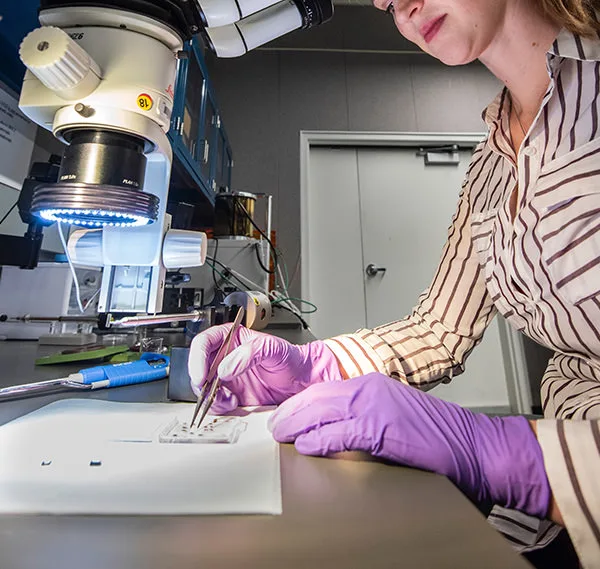Cooperation Between Beekeepers and Mosquito Control Programs: Lessons from Florida
- Expert Zone

Author: Áine Lehane
In the northeastern United States, we have multiple mosquito vector species that can transmit pathogens to humans through infectious bites. For example, Culex pipiens is a primary vector of West Nile virus (WNV), Culiseta melanura is the primary vector of eastern equine encephalitis virus (EEEv) in the eastern US, and Aedes albopictus is capable of transmitting both. Keeping these mosquito populations in check is critical to protecting public health.
However, insecticide resistance is making control increasingly challenging. When mosquitoes become resistant to the products we rely on for control, our ability to prevent and/or stop outbreaks is at risk. That is why monitoring for resistance is more important than ever.
Since 2019, the Northeast Regional Center for Excellence in Vector-Borne Diseases (NEVBD) has partnered with 42 regional agencies to track resistance in mosquito populations across the region through our Pesticide Resistance Monitoring Program.
Here’s how it works: local partners send us Cx. pipiens, Cs. melanura, and Ae. albopictus samples, and we test them for resistance to commonly used insecticides – both larvicides and adulticides. For adults, we use the CDC bottle bioassay, and for larvae, we use a larval assay developed by NEVBD. To dig deeper, we also run enzyme assays to detect metabolic resistance mechanisms. All the results are shared with the submitting agencies and made publicly available on our StoryMap site.
So, what have we found so far?
Beyond testing, NEVBD is committed to supporting our partners with education opportunities, training, and resources. We host informational webinars, share testing protocols, and offer hands-on support to help agencies strengthen their own resistance monitoring programs. Additionally, we developed a video training series demonstrating how to rear mosquitoes and perform resistance assays. Each year, we also run a no-cost Vector Biology Bootcamp, which provides comprehensive training on key aspects of tick and mosquito vector biology, surveillance, and control topics. To make it easier for others to offer similar training programs, we created a Toolkit that can be downloaded. It includes a full curriculum, supply checklist, and other useful materials.
Looking ahead, we are working to expand the scope of our resistance monitoring program. That means including additional mosquito species and exploring the use of additional assay techniques, like topical assays, to better understand resistance. As resistance continues to emerge, it is important to stay proactive. Ongoing resistance monitoring helps ensure our control tools remain effective and our communities stay protected.